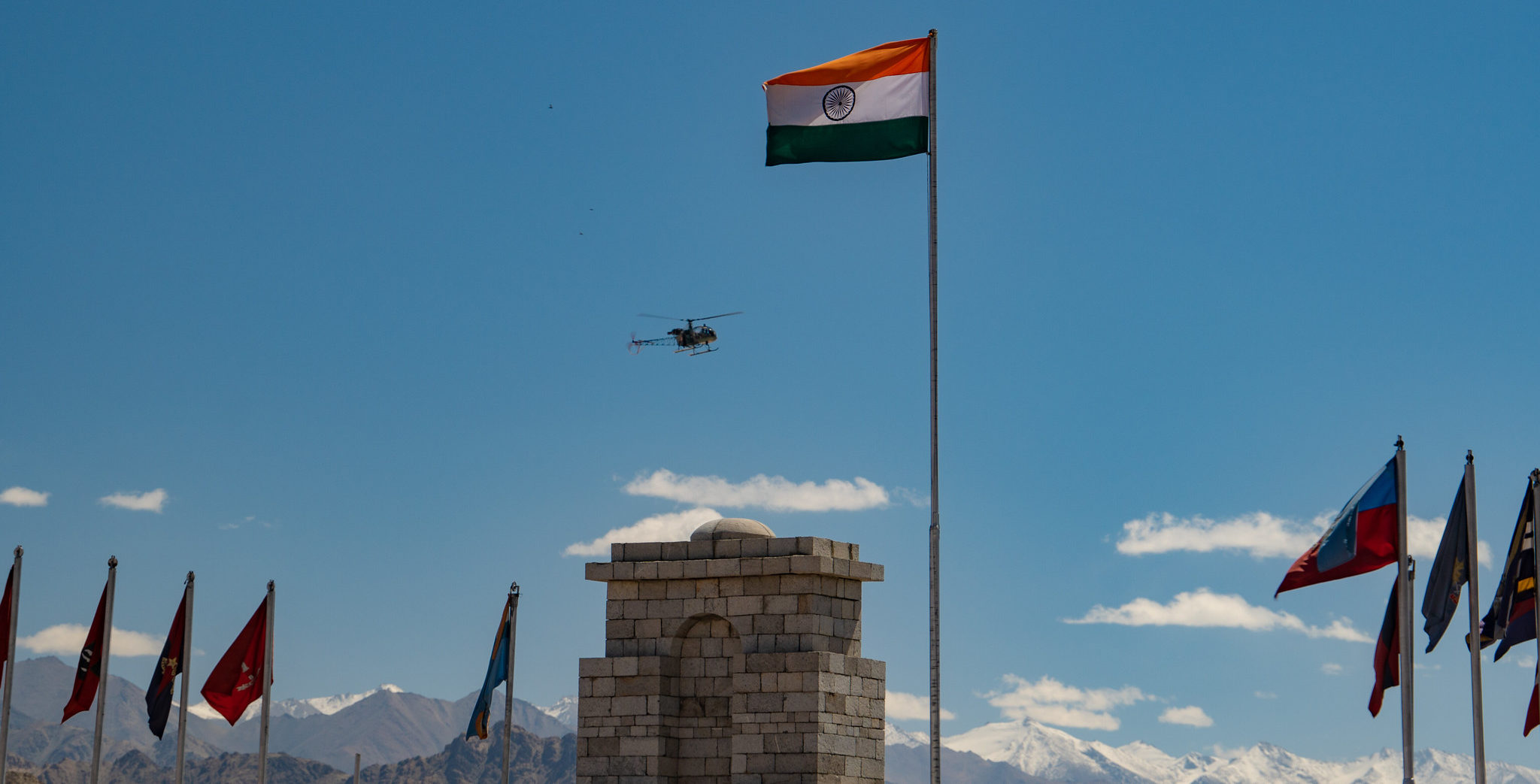
“In trans-border relations, there are no permanent friends or permanent enemies or even permanent borders. There are only permanent interests and everything should be done to secure these interests.”
Indian Machiavelli Kautilya
by Yusra Mushtaq 19 March 2024
Loudly following the lines of ancient Indian polymath Kautilya, India tends to dominate with its hostile aggressive policies in South Asia. Living in a utopia of being a regional power; India’s dubious policies in handling major powers’ policy of containment, military modernization, arms race, transnational crimes, territorial disputes and State-sponsored terrorism present a thwarted scenario for regional cooperation. In fact, the consecutive years of BJP’s rule under Modi made India an obsessed State for its regional ambitions. Although, the region is frequently labelled for its complex political dynamics yet there is nothing ‘complex’ other than India’s hegemonic posture which prevents other states to achieve regional goals of stable economic prosperity and stability.
Carrying up one fourth of the world’s population, South Asia offers a unique set of geographical proximity for the world. It borders East Asia to the northeast, Central Asia to the northwest, West Asia to the west and Southeast Asia to the east. It is bounded by Indian Ocean, Himalayas, Karakoram, and Pamir Mountains. This underlying geographical proximity openhandedly invites for trade routes, transits and regional connectivity. The location can be coined up in multiple ways to uplift the overall economic outlook of the region. Unfortunately, India’s self-centred posture never allows any collective regional goal in this regard. On the contrary, it does prefer to exert ‘dependency factor’ on other States in order to maintain its ‘Indian or Hindutva’ hegemonic influence. The involvement of Hindutva expansionist policies towards inter-State policies proves to be deadly fatal for regional environment.
Likewise, India’s threatening posture towards other neighbouring States is a reason of fragile environment of regional security and stability. Geographically, India is the biggest State and it shares borders with seven countries China, Pakistan, Bhutan, Myanmar, Afghanistan, Nepal and Bangladesh. Interestingly, India has direct territorial border disputes with each of the state except Afghanistan. How India is dealing with Pakistan is an open secret to the whole world. There are countless instances with unveiled evidences in this regard. Either its India’s false flag operations or Indian naval spy Kulbhushan. There are countless instances which prove how India is maliciously involved in destabilizing Pakistan. However, the occupied valley of Jammu and Kashmir is an unfinished agenda of partition which still awaits to be resolved. After the implementation of PM Modi’s draconian laws in occupied valley, the situation really got worse. Additionally, India is actively involved in State-sponsored crimes not only in the region but also in far off countries like Canada and United States. The recent assassination attempts oN Sikh leaders in Canada and United States prove to be fatal instances of India’s interventionist policies by expanding heinous network of its spying agency RAW in western countries. The underlying hidden agenda is to serve the RSS agenda of ‘Hindu supremacy.’
Ironically, India’s aggressive posture not only hinders to establish the strategically stable environment but it also plays an instrumental role in making South Asia as one of the least economically integrated region when compared with other regions such as East Asia, Pacific, and Sub-Saharan Africa. The intra-regional trade cooperation would be helpful in bridging the trust deficit and insecurities while creating interdependency amongst regional states. But this is highly idealist approach in the presence of India which is more interested in intervening power politics through policy of containment as it harbors an ambition of being a sole regional power of South Asia. Similarly, the concept of regionalism never got nurtured in the South Asian regional environment. The South Asian Association for Regional Cooperation (SAARC) is unable to gather up any successful accomplishment on its behalf ever since its creation in 1985. The underlying paradox of South Asia proves that India wants to have an edge in regional politics and largely because of its Hindutva ideology, it never accepted SAARC as it was originated by a Muslim country Bangladesh. India is now focusing on sub-regional organizations like the Bay of Bengal Initiative for Multi Sectoral Technical and Economic Cooperation (BIMSTEC) and South Asian Sub-regional Economic Cooperation (SASEC) just in order to undermine the efficacy of SAARC for the sake of its own vested interests.
The so-called democratic and secular State India is the fulcrum of antagonism towards every other South Asian State. India just wants to accomplish its own expansionist Hindutva ideology of ‘Akhund Barat’ or ‘Greater India.’ With these regional predicaments, only wave of insecurity prevails for every other state in the region. No State wishes to cooperate for collective goal of regional cooperation in any manner as national security and territorial integrity are of utmost important. The objective of regional cooperation cannot be possible without the collective efforts and mutual trust of every member State. Ideally, India should be an active player in the regional goals of economic wellbeing and stability but this is not the case. Indian aggressive behaviour is the sole obstruction in the rise of South Asia as a region. Despite possessing the multifaceted diversity of tangible and intangible resources, South Asia is far behind in achieving the goal of regional prosperity and wellbeing mainly because of Indian aggressive policies.
